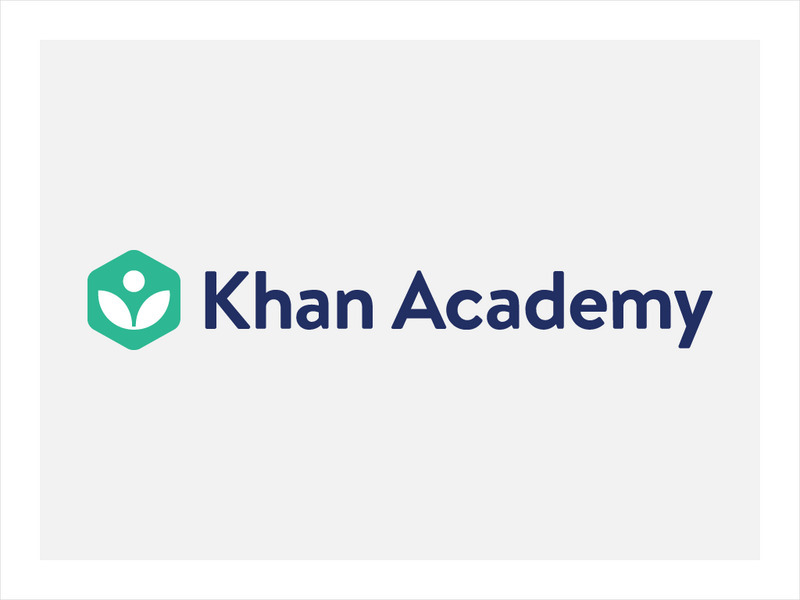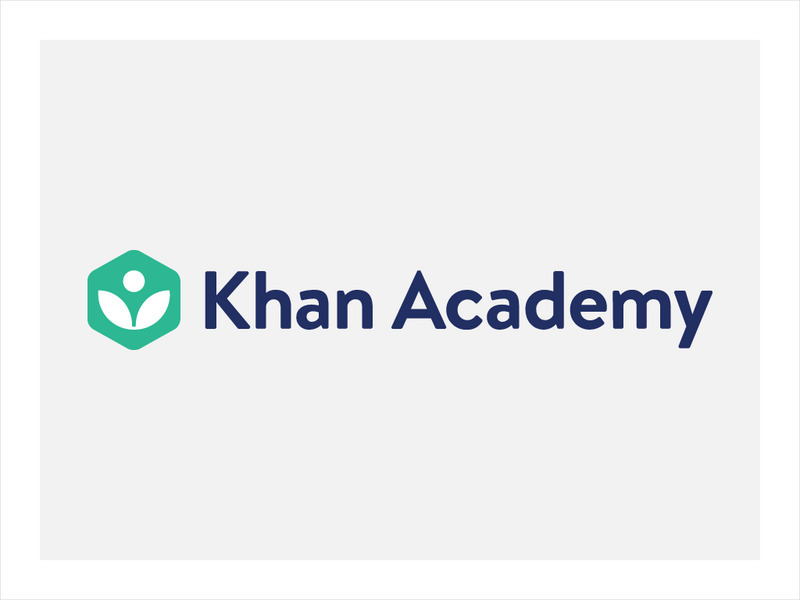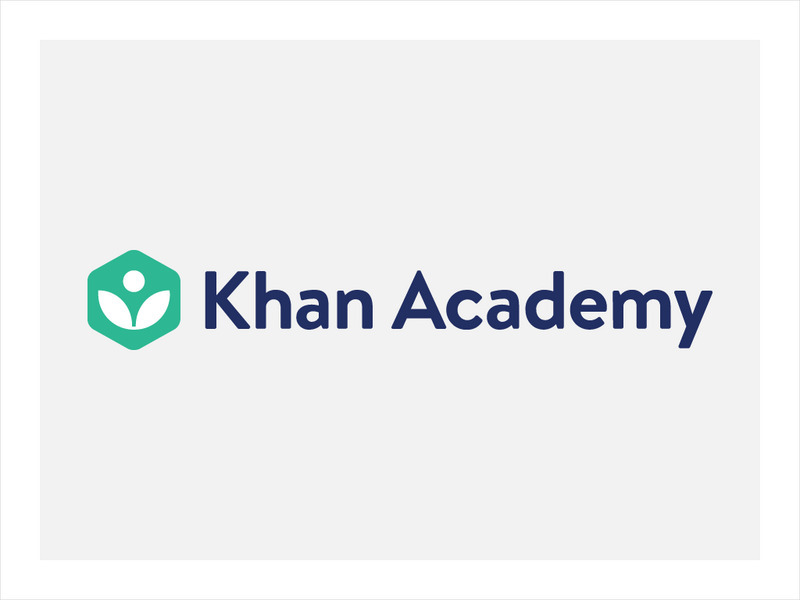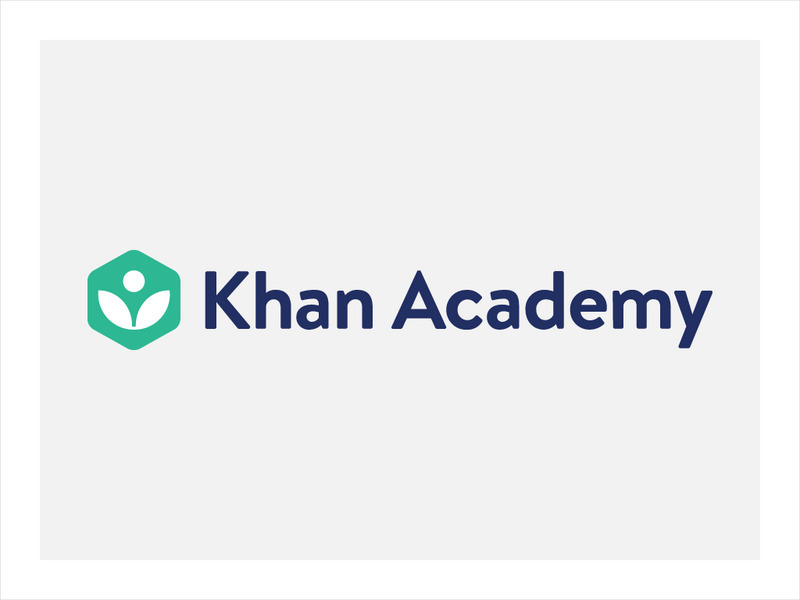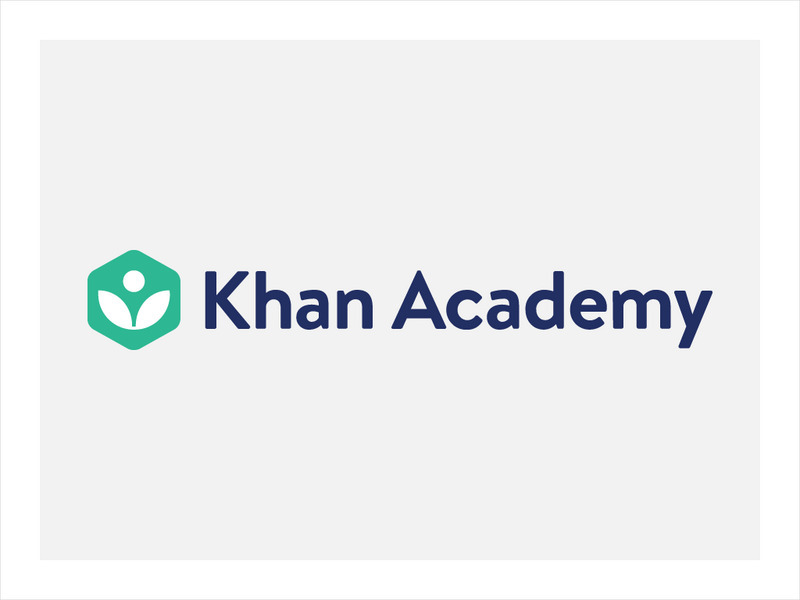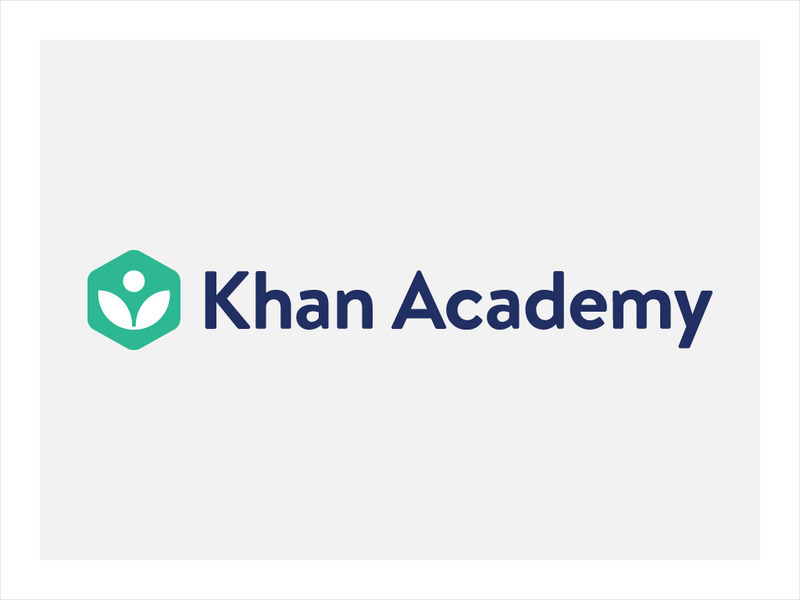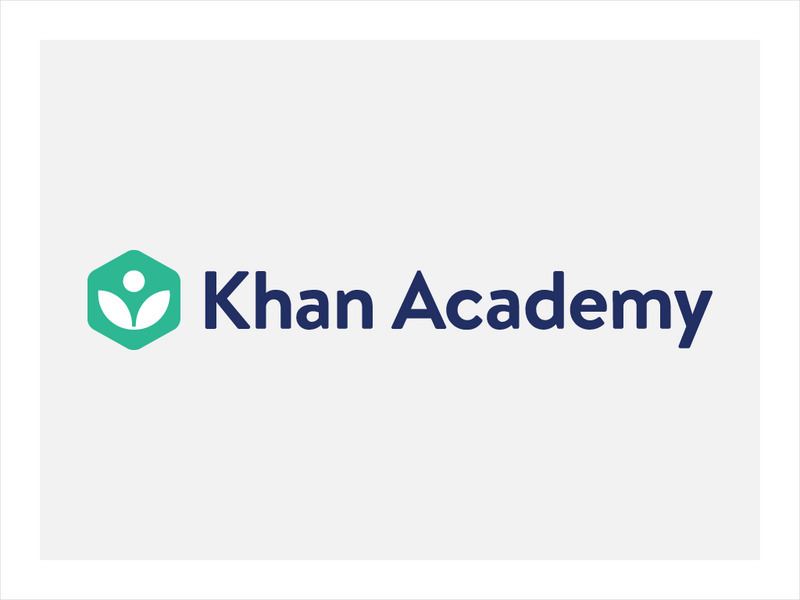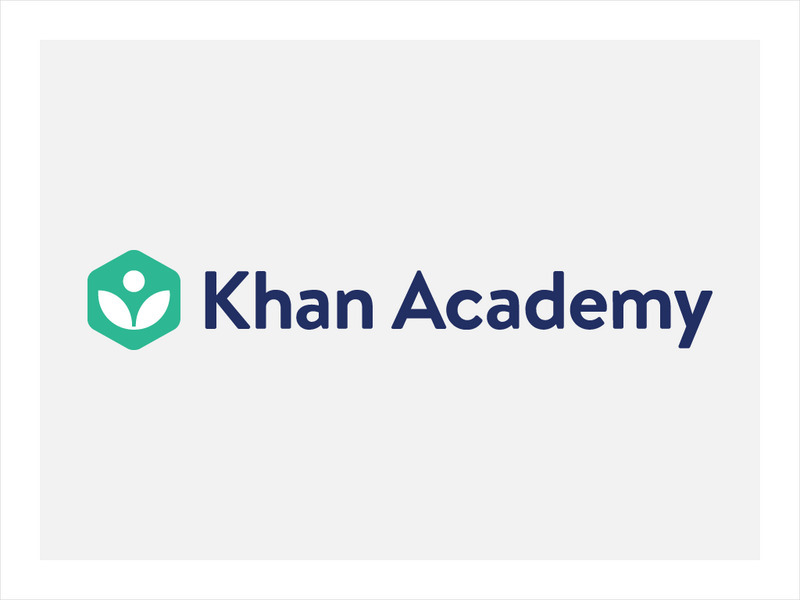Hi, what do you want to do?
Khan Academy
Khan Academy: What Is Shock?
An overview of shock or tissue perfusion and how it relates to the cardiovascular system. Hypovolemic shock, cardiogenic shock, obstructive shock, and distributive shock are explained.
Khan Academy
Khan Academy: Shock Diagnosis and Treatment
An overview of a diagnosis and treatment of shock.
Khan Academy
Khan Academy: Shock Oxygen Delivery and Metabolism
An explanation of how shock, oxygen delivery, and metabolism are related.
Khan Academy
Khan Academy: Septic Shock Pathophysiology and Symptons
A combination of a biological and medical explanation of septic shock.
Khan Academy
Khan Academy: Sepsis: Systemic Inflammatory Response Syndrome (Sirs) to Multiple Organ Dysfunction Syndrome (Mods)
An explanation of septic shock and its relationship on a spectrum to SIRS (Systemic Inflammatory Response Syndrome to MODS (Multiple Organ Dysfunction Syndrome).
Khan Academy
Khan Academy: Cardiogenic Shock
Symptons, diagnosis, and treatment of cardiogenic shock.
Khan Academy
Khan Academy: Anaphylactic Shock
Anaphylactic shock also known as anaphylaxis anaphylactic shock is an allergic reaction severe enough to cause shock. Description, diagnosis, and treatment are examined in this video.
Khan Academy
Khan Academy: Obstructive Shock
An explanation of types of obstruction: cardiac tamponade, constrictive pericarditis, tension pneumothorax, pulmonary embolism, and stenosis aortic including diagnosis and treatment.
Khan Academy
Khan Academy: Septic Shock: Diagnosis and Treatment
A tutorial on how to diagnosis and provide treatment for septic shock.
Khan Academy
Khan Academy: Neurogenic Shock
An explanation of neurogenic shock, its symptons and treatment are discussed in this tutorial.
Khan Academy
Khan Academy: Hypovolemic Shock
An explanation, symptons, diagnosis, and treatment of hypovolemic shock as related to the circulatory system is offered in this tutorial.
Khan Academy
Khan Academy: Churg Strauss Syndrome
Churg-Strauss syndrome (also known as eosinophilic granulomatosis) is a type of vasculitis that affects small and medium blood vessels. Symptoms of this disease are similar to seasonal allergies, such as runny nose, cough, and sneezing....
Khan Academy
Khan Academy: Buerger Disease
Buerger Disease (also known as the thromboangiitis obliterans) is a type of vasculitis that affects small and medium blood vessels and has been linked strongly to smoking. Buergers disease is characterized by poor blood flow through...
Khan Academy
Khan Academy: Kawasaki Disease: Diagnosis and Treatment
Kawasaki disease is diagnosed off the presence of symptoms rather than the results of tests. Symptoms include: conjunctivitis, rash, adenopathy, strawberry tongue, and rash on palms and soles of hands and feet. Four of these symptoms...
Khan Academy
Khan Academy: What Is Kawasaki Disease?
Kawasaki disease (also known as mucocutaneous lymph node syndrome) is a type of vasculitis that affects medium arteries. Patients with Kawasaki disease can have symptoms like rashes on the palms of hands, soles of feet, and a tongue rash...
Khan Academy
Khan Academy: Polyarteritis Nodosa
Polyarteritis Nodosa is a type of of vasculitis that affects small and medium arteries and leads to significant narrowing of vasculature. Patients with polyarteritis nodosa can have symptoms like bloody diarrhea, skin lesions, and...
Khan Academy
Khan Academy: Takayasu Arteritis
Takayasu Arteritis (also known as pulseless disease) is a type of vasculitis that affects large arteries and leads to significant narrowing of the vasculature. Patients with Takayasu arteritis can have symptoms like weak or absent pulses...
Khan Academy
Khan Academy: Temporal Arteritis
Temporal Arteritis (otherwise known as giant-cell arteritis) is a type of vasculitis that affects medium to large arteries in the head. Patients with temporal arteritis can have symptoms like migraines and sudden vision problems. Learn...
Khan Academy
Khan Academy: Vasculitis Pathophysiology
Vasculitis occurs when antibodies accidentally mistake the proteins on blood vessels to be foreign. The immune system attacks the blood vessel cells and damages them. Learn how fibrinoid necrosis occurs to the blood vessels, and how the...
Khan Academy
Khan Academy: What Is Vasculitis?
Vasculitis is a group of medical conditions which cause damage to the blood vessels through inflammation. Depending on which blood vessels are affected, vasculitis can be classified as large vessel, medium vessel, or small vessel...
Khan Academy
Khan Academy: Dissociative Shock
A description of dissociative shock including the two main causes of this kind of shock: met hemoglobin and carbon monoxide poisoning. Symptoms and treatment for dissociative shock are examined.
Khan Academy
Khan Academy: Dissociative Shock
A description of dissociative shock including the two main causes of this kind of shock Met hemoglobin and carbon monoxide poisoning. Symptoms and treatments for dissociative shock are discussed.
Khan Academy
Khan Academy: Treatment of Hypertension
The treatment of hypertension includes the DASH (Dietary Approaches to Stop Hypertension) diet, quit smoking, moderation of alcohol, thirty minutes of exercise, losing weight if obese, and first and second line medications.
Khan Academy
Khan Academy: Diagnosis of Hypertension
Blood tests, pressure cuffs, Electrocardiogram (ECG/EKG), and chest X-rays are ways health care professionals can begin to understand if hypertension is present in the body and how it got there.









